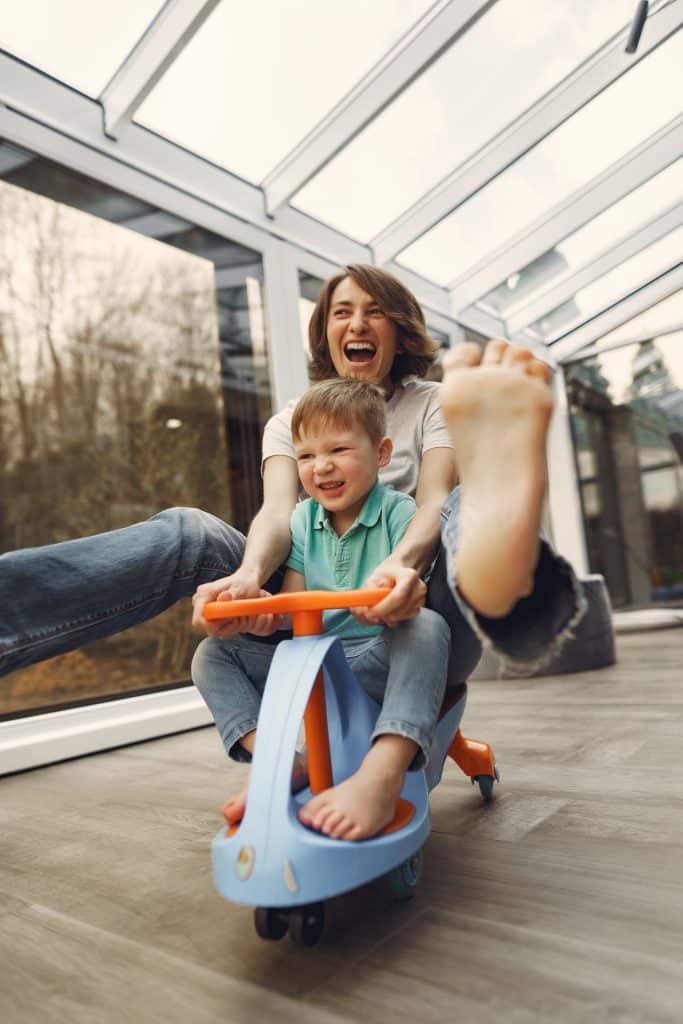The Ultimate Guide to Lifestyle Photography
What Is Lifestyle Photography
Lifestyle photography is a type of photography that tells a story and captures real-life events, situations, or milestones in an artistic manner.

Lifestyle photography is a recent photography genre that has seen widespread popularity in more recent years. While it is most popular with families and children, those who love photographing people will find a career in lifestyle photography incredibly rewarding.
In this article, we’ll review the ultimate guide to lifestyle photography — including what defines a lifestyle photograph, how lifestyle photos are shot and which things to consider when starting a lifestyle photography business.
What Is a Lifestyle Photograph?
A lifestyle photograph attempts to capture real-life events as accurately as possible. Lifestyle photography captures life as it happens, rather than staging or recreating images.
Unlike other organic forms of photography (like documentary or photojournalism), lifestyle photography focuses on individuals or families, capturing their milestones in an authentic yet artistic way. It can be used for any type of people-centric image, but many photographers find it works best for family portraits.
Lifestyle photos are usually unplanned and candid. So they can capture the beauty of each moment without staging or forcing it. Families with children often find that lifestyle portrait sessions capture important developmental moments.
Examples of Lifestyle Photography
Examples of lifestyle photography have become increasingly more popular in recent years, with many instances of this particular niche seeing popularity on various social media platforms and accounts.
Popular scenes you might find in lifestyle photos include:
children interacting with their families and siblings
children and families playing at home or in outdoor settings
other candid shots of families doing fun things and interacting together.
What Is the Difference Between Lifestyle and Portrait Photography?
Due to both styles being popular with families, people tend to confuse lifestyle photography with portrait photography. However, it’s important to distinguish the two genres, as each style follows a slightly different approach. Some of the main differences between the two styles include:
Rules for Posing
The main difference between lifestyle and portrait photography is the rules for posing (or not posing) subjects. Portrait photographs are traditionally created with the photographer’s guidance, meaning the subjects must pose and stage their positions before each shot is taken. This means they must also look at the camera while shooting.
This isn’t to say that looking natural or comfortable during portrait photographs shouldn’t be encouraged, but this does make the style differ greatly from the candid, organic approach of lifestyle photography.
Location
Both lifestyle and portrait photography are similar in that subjects are encouraged to choose a location where they will feel most comfortable and at ease.
The main difference between the two styles is that portrait photos tend to be more isolated from their surroundings than lifestyle photos. Portrait photography is meant to focus on the human subject, with the background blurred or provided by a backdrop. To capture subjects in real time, backgrounds and settings are often just as important as people in lifestyle photography.
Lighting
Lighting in portrait photos tends to be much more controlled than lighting in lifestyle photos. Of course, this is because the goal is to capture subjects through a much more staged and composed approach, as opposed to shooting scenes with the intention of keeping them natural and organic.

Start building your lifestyle photography website
Showcase your creative work with a stunning online portfolio website.
How Is Lifestyle Photography Shot?
If you’re considering starting a lifestyle photography business, knowing the fundamental tips of shooting lifestyle photos will go a long way in helping you get your business or brand off the ground.
Some important tips on shooting lifestyle photography include:
Having a Plan, Even if Your Shots Are Unplanned
Successful lifestyle photography should be a mix of planning and spontaneity. So while you should take candid shots, you should still plan ahead of time. Even if your shoots aren’t staged, getting to know your subjects beforehand will help. Knowing the family you’re photographing will help you understand their likes, dislikes, preferred activities, personalities, and more.
For example, if they enjoy spending time in parks, this could be the ideal location for your shoot. Or if they prefer to stay at home, this is a good option. In all cases, encourage your subjects to choose a location that allows them to be authentic.
Knowing your subjects helps you conceptualize shots and come up with ideas that meet everyone’s visual goals. This will also help everyone feel at ease before the shoot, allowing for more natural images.
Applying Just the Right Amount of Direction
The best lifestyle photography shoots happen when your subjects forget you’re there and let you capture them in their natural state. Typically, your subjects will be apprehensive at first and require some direction to become more comfortable.
Asking your subjects to show you something they like or do something they enjoy is a good place to start. Ask questions about their interests and let them lead from there.
Letting Whatever Happen, Happen
Lifestyle photography consists of photographing real-life moments as they happen. That means taking snaps of both the cute, picture-perfect moments and the ones that are totally unprovoked or unexpected.
If some spilled coffee happens, feel free to snap it. If things aren’t totally neat and tidy around the house, that’s okay too. The goal should always be to capture moments that are real and reflective.
Keeping Your Camera on-Hand at All Times
Because true lifestyle photography means capturing moments as they happen, you should always have your camera ready. To keep your photos as authentic and candid as possible, each moment should be shot sequentially as it unfolds. Asking your subjects to repeat actions or pose for photos is against the rules.
If you anticipate a great photo opportunity, be ready to capture it as it occurs. That’s why when using this technique, you should never put your camera down!
How Should Lifestyle Photography Be Priced?
Based on our research, newer lifestyle photographers charge an average of $150 to $370 (USD) per hour. More seasoned, semi-professional or full time professional lifestyle photographers tend to charge higher rates, with an average of $600 USD per hour and a total of 25 photos. Some packages can cost up to $800 USD for a 2-hour session, with up to 40 professionally edited images.

How Can You Start a Lifestyle Photography Business?
If you’re considering starting a lifestyle photography business, go for it! Lifestyle photography is a growing trend, especially with the rise of social media. Many families are turning away from staged photos that don’t accurately capture their daily lives.
Some of the most important things to consider before starting a lifestyle photography brand include:
Expecting the Unexpected
As we’ve highlighted, the right approach to lifestyle photography isn’t to set out to capture any particular interaction or moment. Rather, it should be done with a readiness to capture anything and expect the unexpected.
Start a lifestyle photography business with an openness to shooting various moments, people, and events. Consider offering pre-shoot consultations, either in person or via video chat, to help you plan your shoots and help your clients achieve their ideal vision. To better understand your subjects, spend time with them.
Using the Right Equipment and Settings
While there are no set rules on which equipment you can use for a lifestyle shoot, certain settings and devices will help you achieve the best shots.
For lifestyle shots, a fast aperture may be best. A small aperture allows for bright images. A lifestyle shoot may also require you to be in various settings, rooms, or lighting scenarios. Thus, a wider lens may give you the best results (such as a 24-70mm). Real-time photography requires quick thinking and strategic shooting. To get the best shots with a faster shutter speed, a 35mm lens can help.
Building a Stellar Portfolio
Your portfolio will be your main tool for showcasing your skills, creativity, and ability to work with families, children, and others. Create a portfolio that showcases your best lifestyle photos, helps you gain new clients, and establishes your brand.
Format’s easy-to-use website templates will help you show off your work. With excellent templates, scaled image capabilities, and many more custom options, your viewers will quickly learn how you can help them capture their moments.